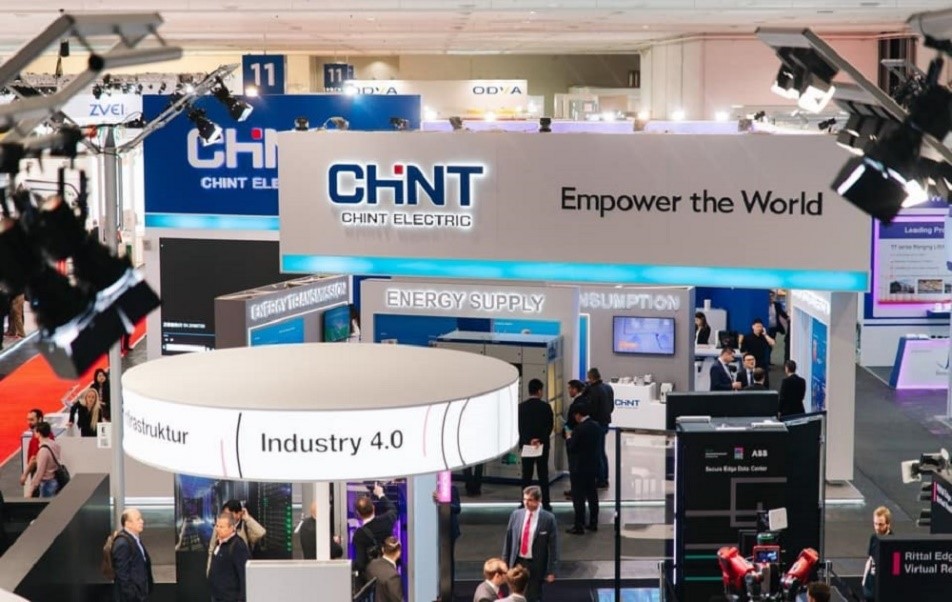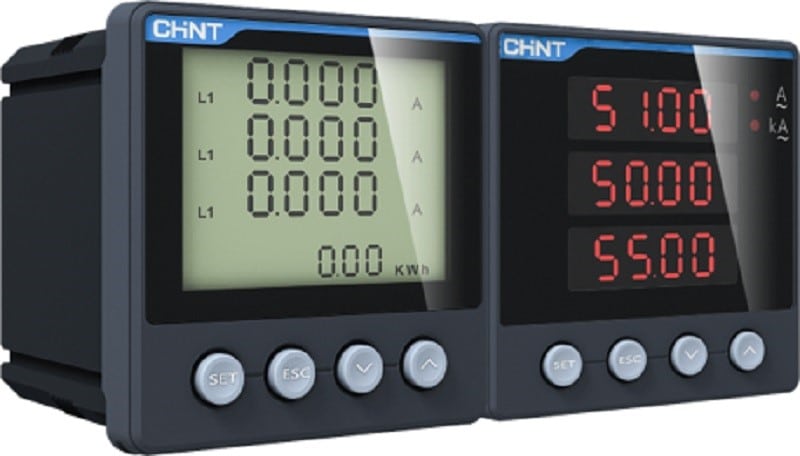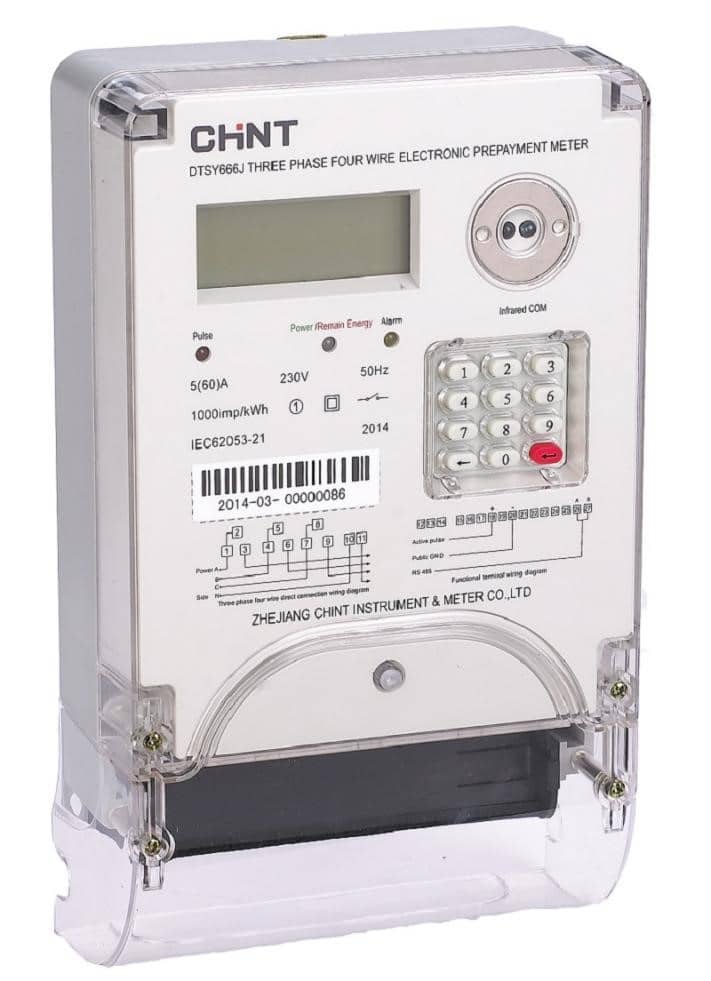An electricity meter is a device that tracks electricity consumption. Electricity is not free unless you are getting yours from the sun by yourself, and even so, you will need a way to measure the amount of power generated. That’s where electricity meters come in.
But while most people know that utility companies use electricity meters to count a household’s or business’ electricity consumption, only a few people know how to read these meters or get their meter number or what to do about their meters when changing power providers. Also, only a few know the difference between a smart electricity meter, a bi-directional meter, and an analog one. If you want to learn more about electricity meters, here is your guide:
How Does an Electricity Meter Work?
Electricity meters are usually placed at the point where power lines enter a building. An electricity meter works for your building non-stop, tracking power usage and displaying the total amount of power you have used since it was installed.
They measure the power usage in kilowatts (kWh). A watt is the smallest unit of electric power, and a kilowatt equals a thousand watt-hours. Electricity meters can display information in digital or dials format. To get the amount of energy used in a month, or any other given period, simply take two readings and subtract reading number two from reading number one.
There are different types of electricity meters. However, they all feature the same primary components and serve the same purpose.
The Basic Components of Electricity Meters Include:
- A meter number: A sequence of integers, unique to each household/premise and is used to identify energy usage. It’s usually printed, next to, or under the display and doesn’t change.
- A display of electricity consumed since installation.
What Are the Different Types of Electricity Meters?
The two main types of electricity meters are the analog (electromechanical) meter and the smart (automated) meter. However, some jurisdictions require the installation of a third type of meter called the bi-directional meter if you install a microgeneration capacity.
Smart meters
On the other hand, smart electricity meters use LED or LCDs and offer connectivity plus some instant functions such as two-way communication to keep your utilities aware of blackouts.
Smart electricity meters are used in combination with energy management systems, including software and devices, to provide more dependable electrical services. They can show your household’s energy use, inform on ways to reduce energy wastage and save money and allow adjustment of appliances like the thermostats remotely.
Analog meters
Of course, analog meters have an old-school display and don’t offer connectivity or smart functions. They use electromagnetic induction to measure the energy passing through them and display the number on clock-like scales.
Bi-directional Meters
Bi-directional meters measure electricity flow in two directions. These types of meters are available to premises/households who install solar, wind, biomass, or other renewable fuel generators in parallel with their main electricity supplying company’s electrical system.
When generating your electricity to supplement what you are getting from your local electricity company, you need a way to count the energy coming in from the supplier, i.e., kilowatts delivered and the amount generated by yourself. Sometimes, you may generate excess energy than needed, and that is not a bad thing because you can export the excess electricity to the local grid for money or other tax credits.
To get a bidirectional meter, submit an application to your electricity supplier for generation interconnection, and if you meet specific qualifications, a new bi-directional meter will be set up by the electricity supplier.
How to Read an Electricity Meter
Depending on the type of electricity meter, getting the amount of electricity consumed can be tough or even easy. Analog meters are tough to read; they require a bit of learning. On the other hand, digital meters are straightforward to read.
Reading a digital meter
Digital meters are quite simple to read as there are no clock-like scales. The number on the screen is the exact meter reading at that time Therefore, to get electricity usage for a particular period, take two readings at the beginning and end of the period and get the difference. You can also consult your local utility company for help.
Reading an analog meter
- Analog meters are read from left to right, starting with the number on the 10000 dials to the number on the 1kWh per div clock-like scale.
- If the dial hand points between two numbers, take the lowest unless it’s between 0 and 9 then take 9, always
- If the dial hand points exactly at a number, check the position of the hand in the next clock scale, if it is on 9, subtract one from the number, but if it’s not on 9, record the number as it’s being pointed to exactly
Single-Phase Electricity Meter and Three-Phase Electricity Meter
Electricity meters can also be grouped into single-phase and three-phase meters depending on the phase they are installed on. A single-phase electricity meter uses two wires to carry alternating current at 230V 0r 240V; it’s the type of phase found in residential homes. A single-phase meter is installed on single-phase power supply systems.
On the other hand, three-phase electricity meters carry alternating current via three wires and are mostly found in industrial and commercial facilities. A three-phase electricity meter is used to track the energy of a three-phase electricity supply.
Wrapping up
Electricity meters are crucial components of a home or business electricity supply system. They help count the electricity flowing through the wires and, therefore, the total amount consumed. To get the energy usage/period, simply take readings at the beginning and end of the period and get the difference.
Looking to order electricity meters? Check out our collection of electricity meters. We have various meter designs to suit modern electrical supply system needs, plus our designs meet ANSI standards and carry MID and STS certification.















